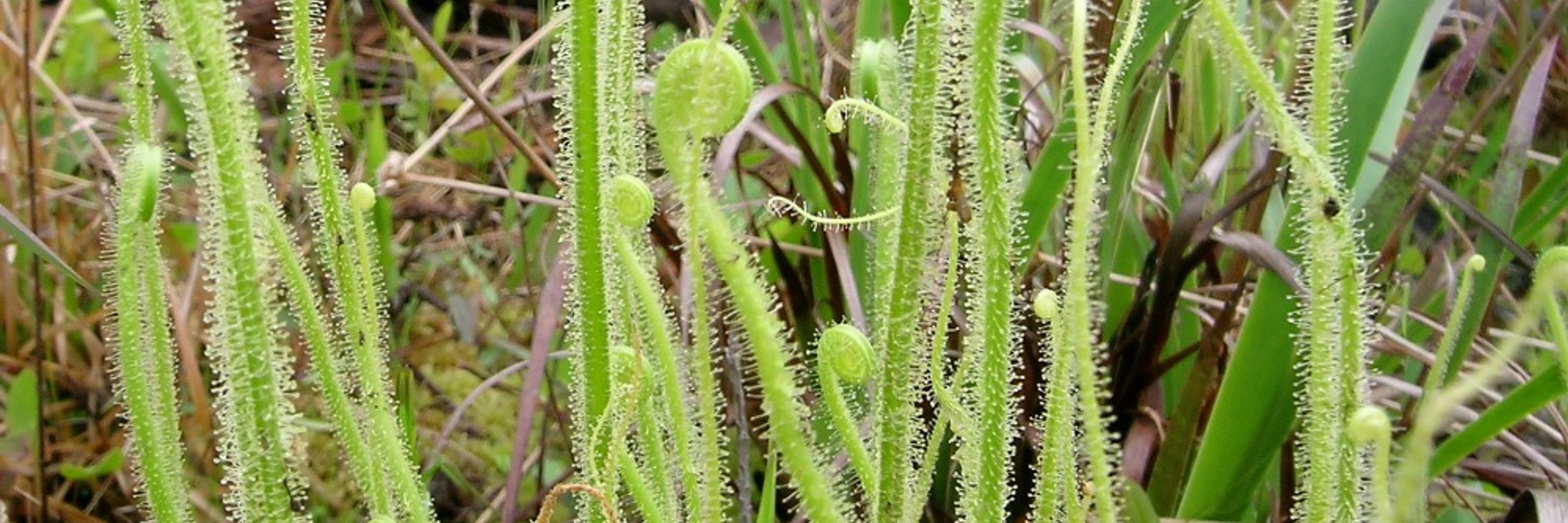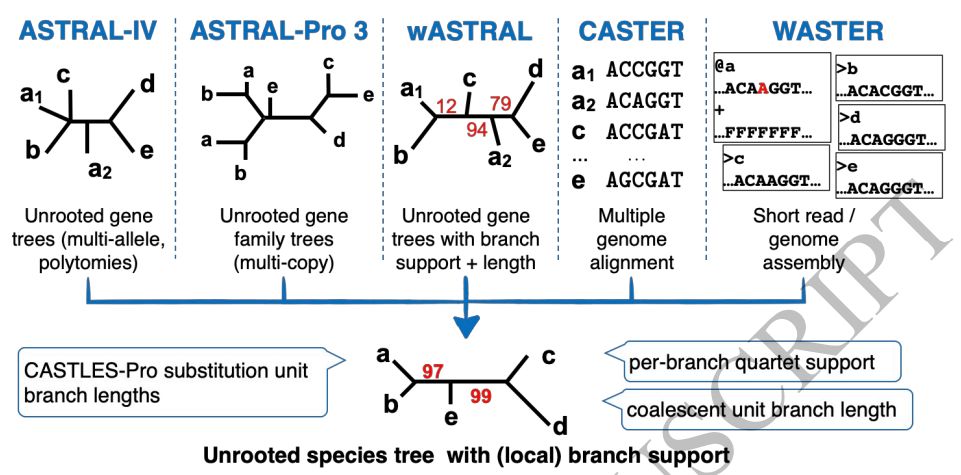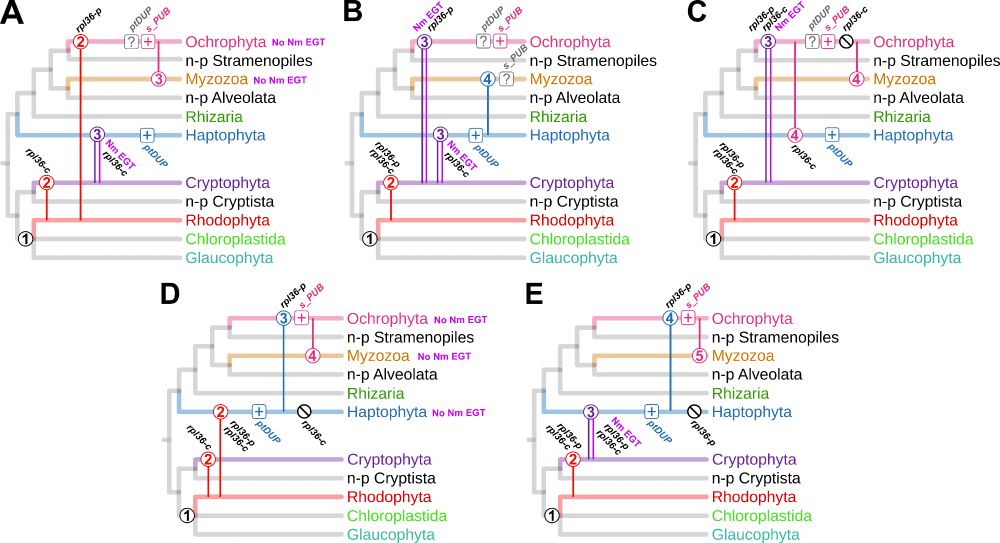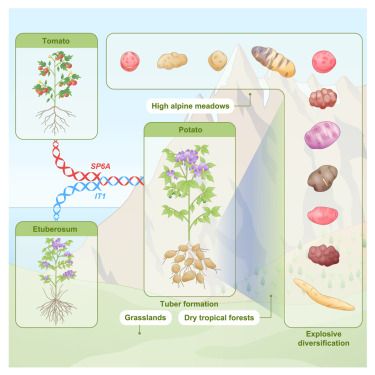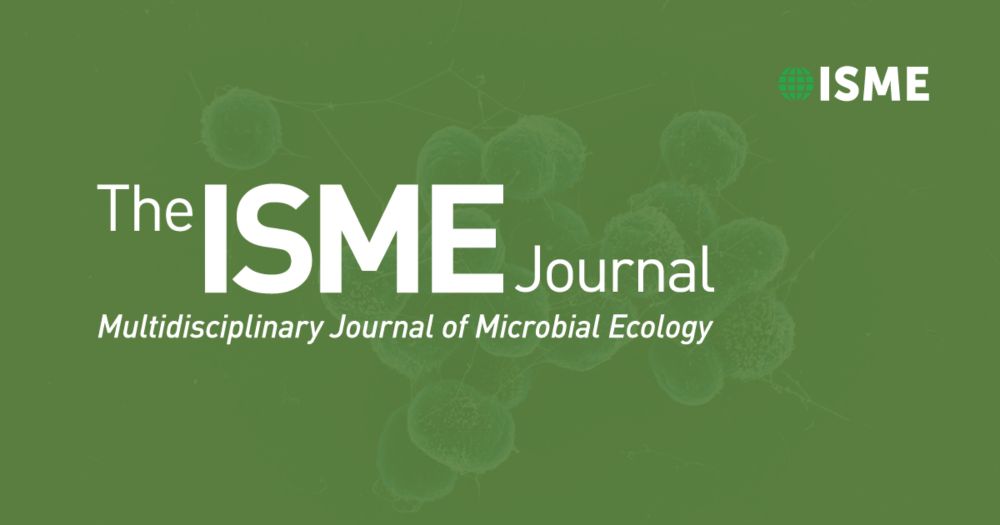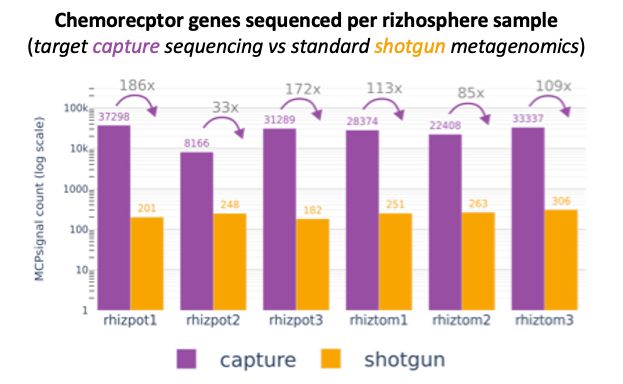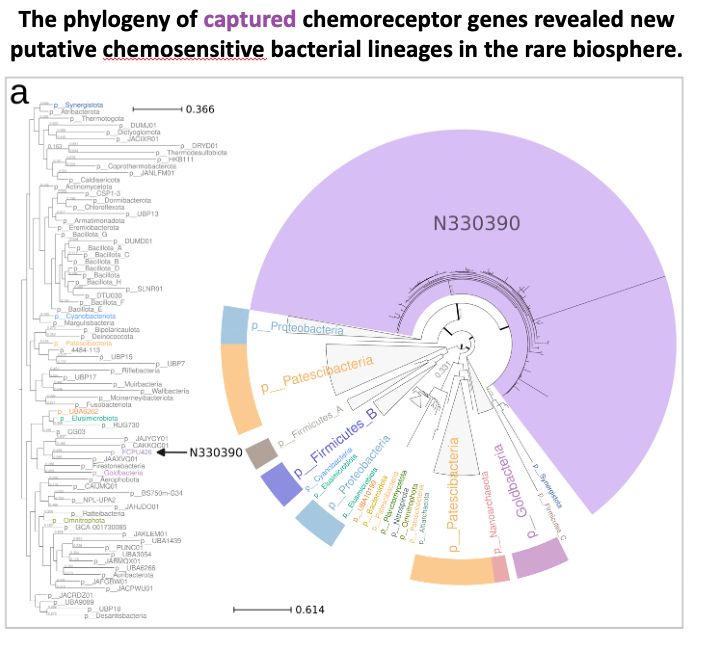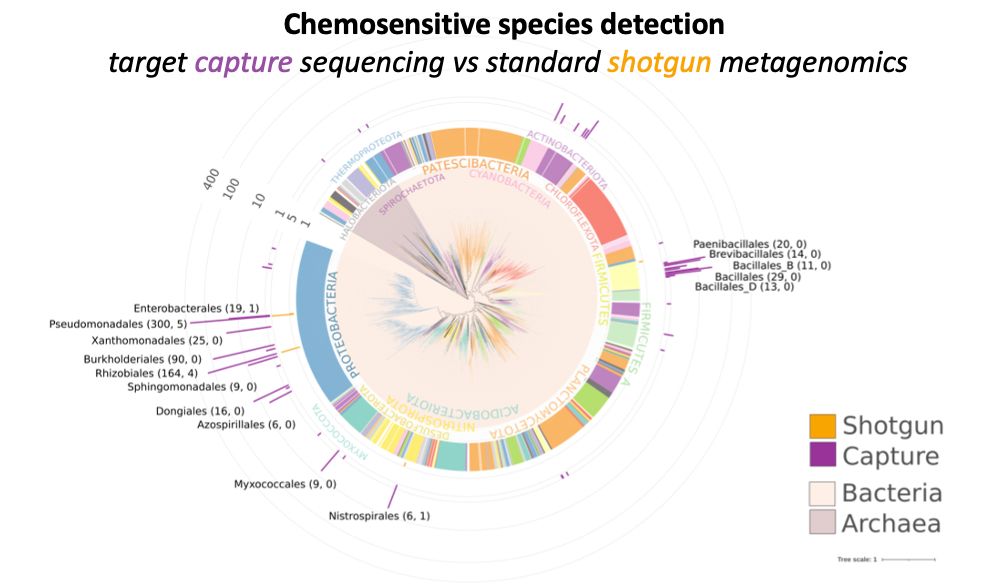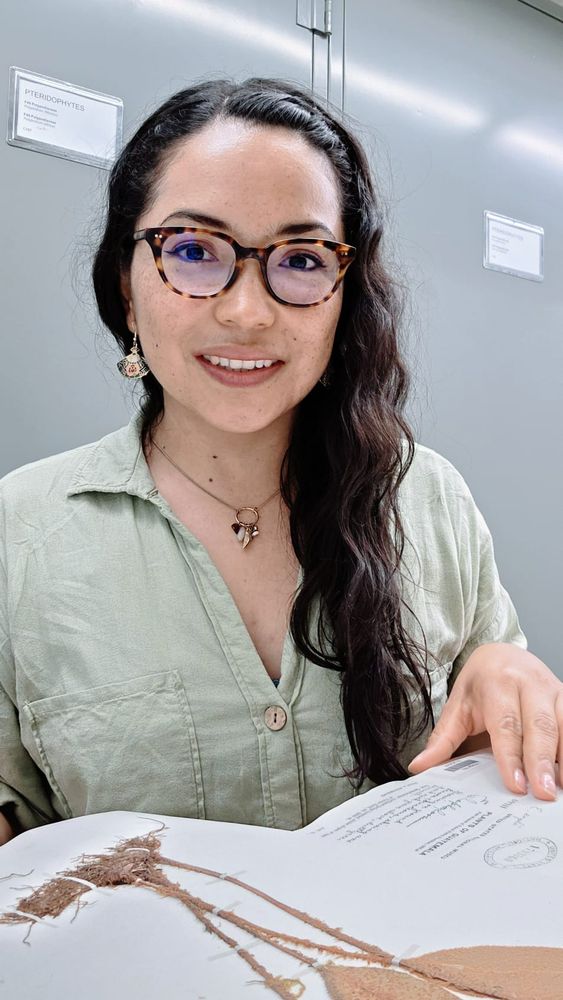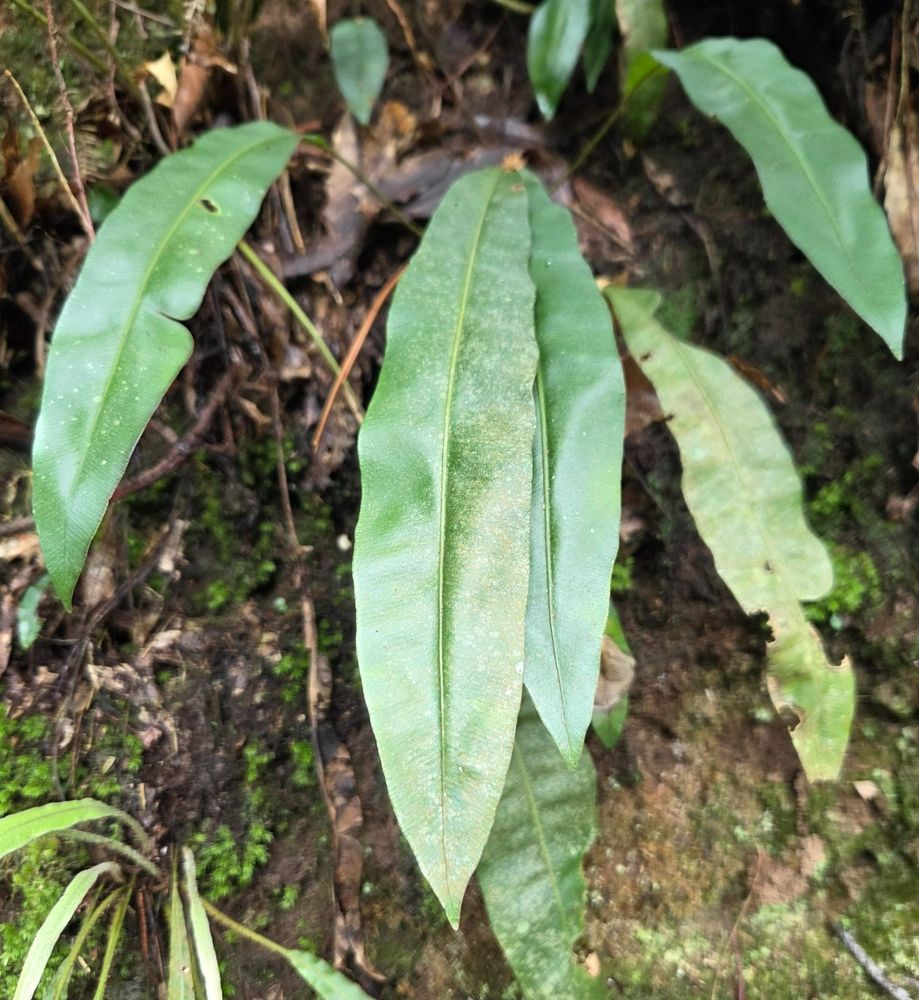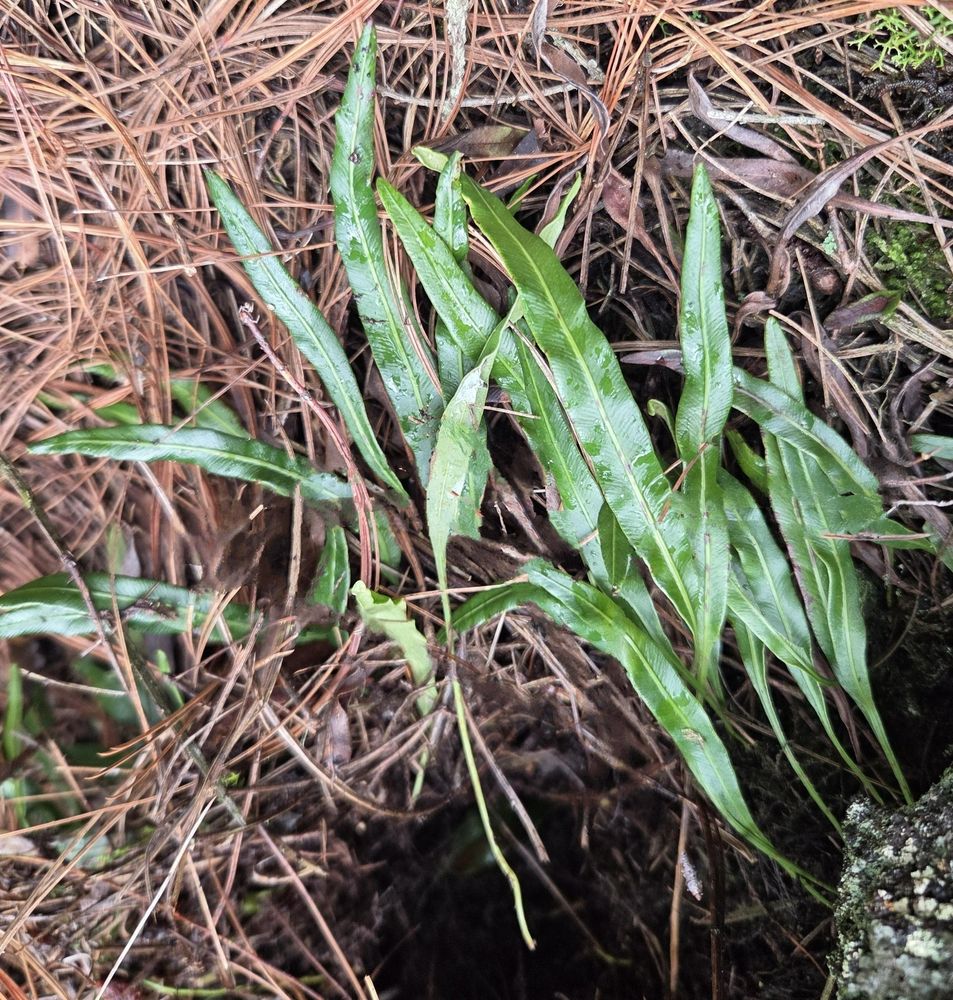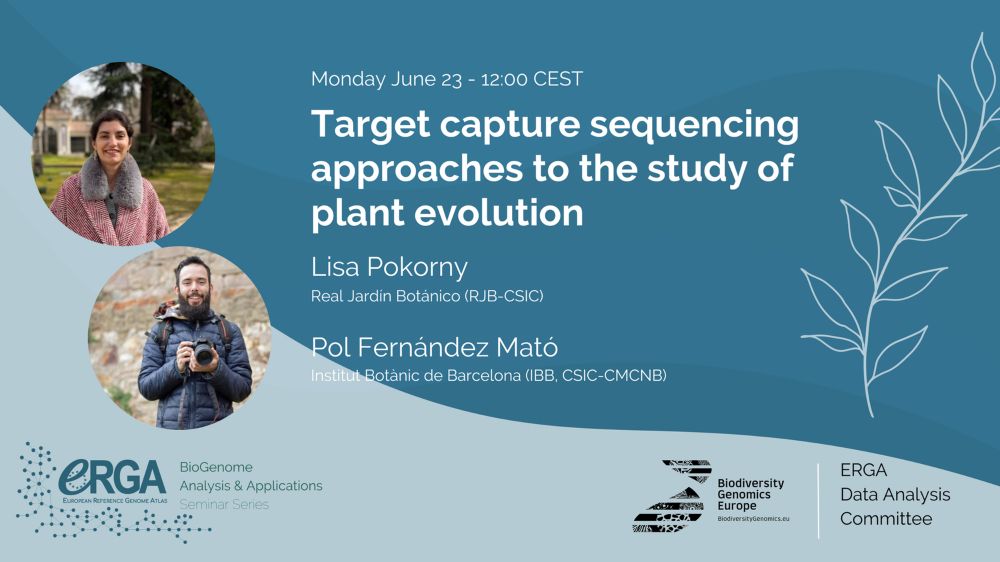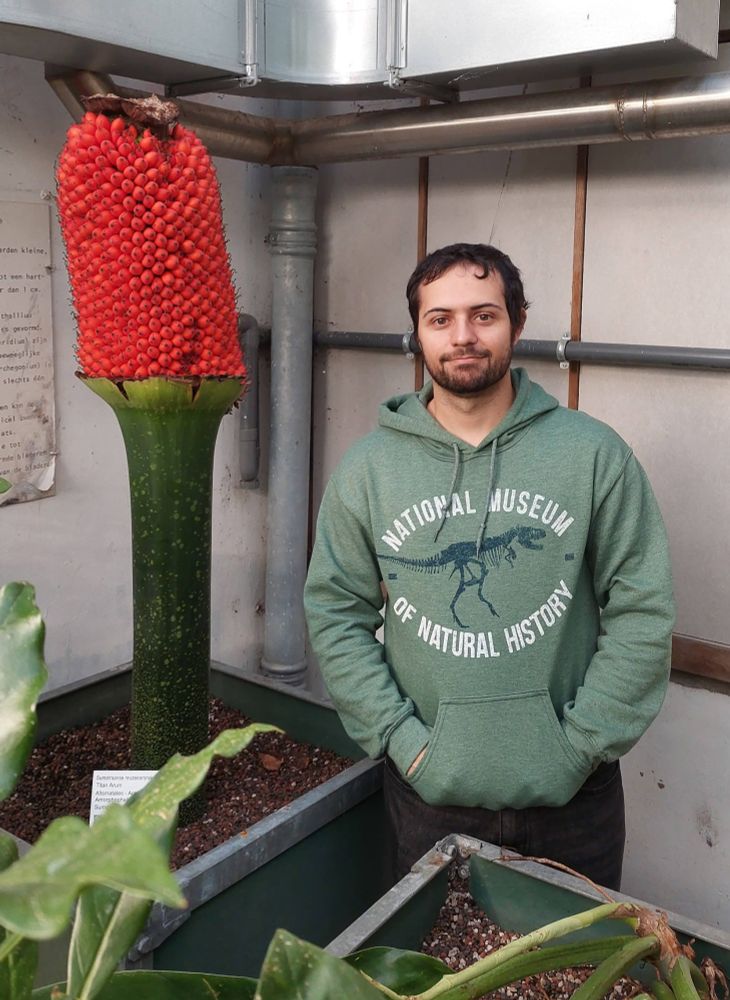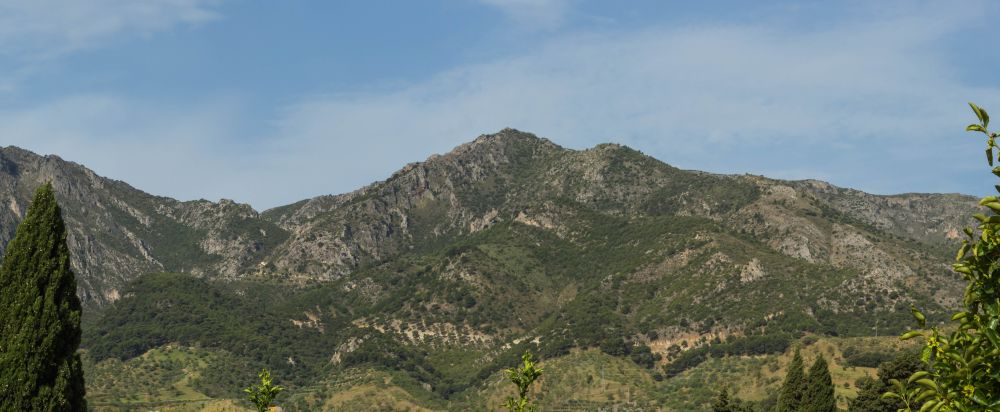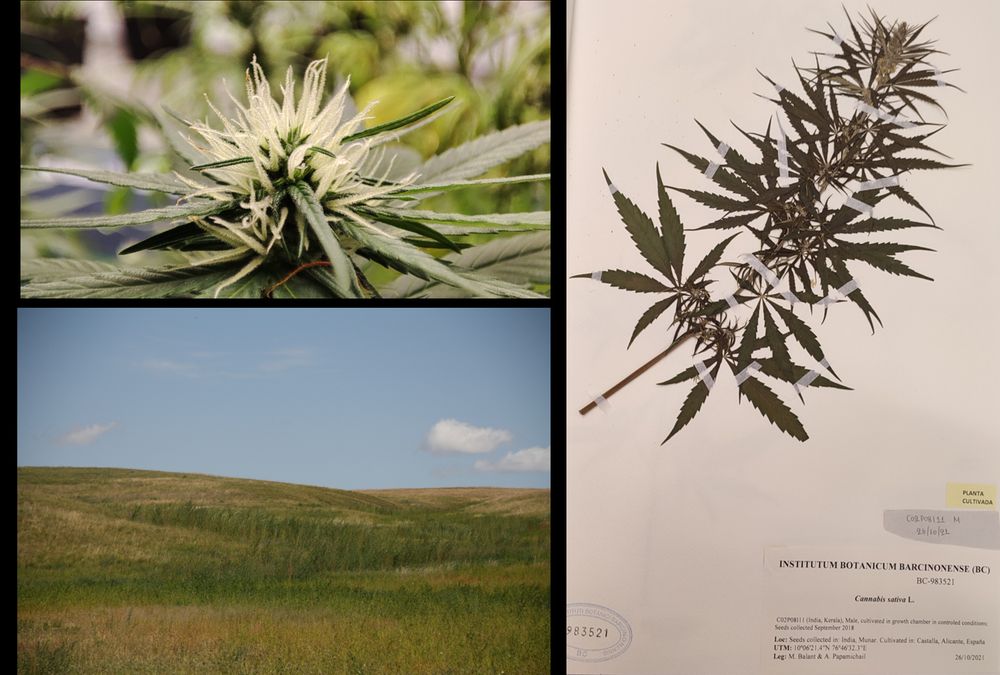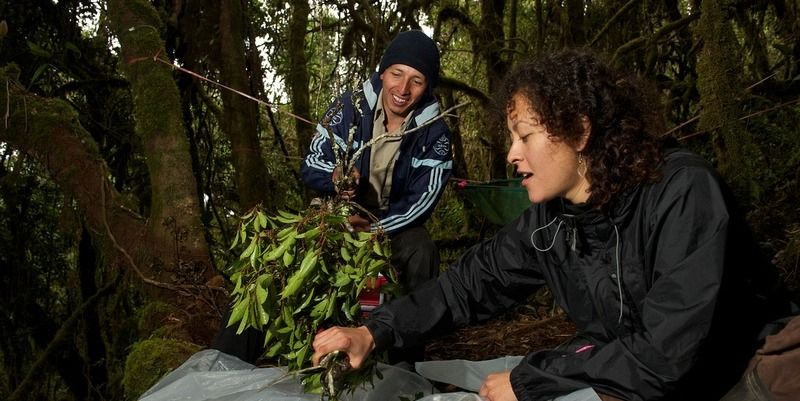Lisa Pokorny
@calyptrochaeta.bsky.social
1.1K followers
1K following
1 posts
Ramón y Cajal Researcher @ Real Jardín Botánico (RJB-CSIC) | Earlier @ IBB (CSIC-CMCNB), CBGP (UPM-INIA/CSIC) & Royal Botanic Gardens, Kew | Duke University & UAM alumna | #Biogeography #Evolution #Phylogenomics #Plants #Systematics
Posts
Media
Videos
Starter Packs
Reposted by Lisa Pokorny
Reposted by Lisa Pokorny
Reposted by Lisa Pokorny
Reposted by Lisa Pokorny
Reposted by Lisa Pokorny
Anton Suvorov
@antonsuvorov.bsky.social
· Aug 23

GhostParser: A highly scalable phylogenomic approach for the identification of ghost introgression
A growing body of empirical research shows that interspecific gene flow is a widespread biological force that shapes evolutionary histories across the Tree of Life. Computational approaches designed t...
www.biorxiv.org
Reposted by Lisa Pokorny
Reposted by Lisa Pokorny
Reposted by Lisa Pokorny
Laura Eme
@lauraeme.bsky.social
· Jun 17
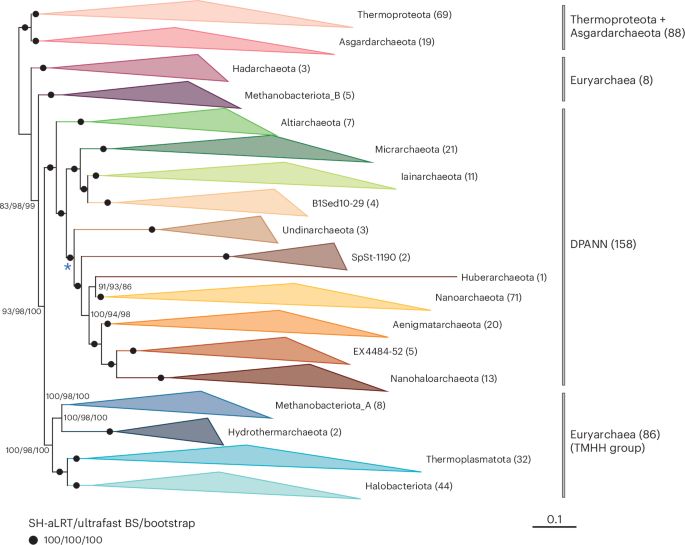
Phylogenomic analyses indicate the archaeal superphylum DPANN originated from free-living euryarchaeal-like ancestors - Nature Microbiology
Phylogenetic reconstructions with conserved protein markers from the 11 known DPANN phyla reveal their monophyletic placement within the Euryarchaeota.
www.nature.com
Reposted by Lisa Pokorny
Reposted by Lisa Pokorny
Reposted by Lisa Pokorny
Reposted by Lisa Pokorny
Reposted by Lisa Pokorny
Rosa Fernández
@rosafernandez.bsky.social
· Jun 18

An episodic burst of massive genomic rearrangements and the origin of non-marine annelids - Nature Ecology & Evolution
An analysis of annelid genomes reveals massive reshuffling of chromosomes in the ancestral lineage leading to clitellates, a clade composed of non-marine annelids, with potential implications for the ...
www.nature.com
Reposted by Lisa Pokorny
Reposted by Lisa Pokorny
Reposted by Lisa Pokorny
Reposted by Lisa Pokorny
Reposted by Lisa Pokorny
Reposted by Lisa Pokorny
